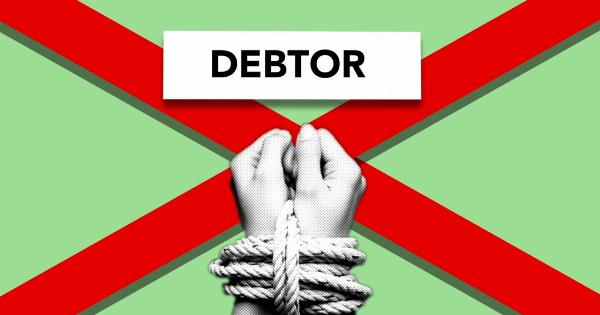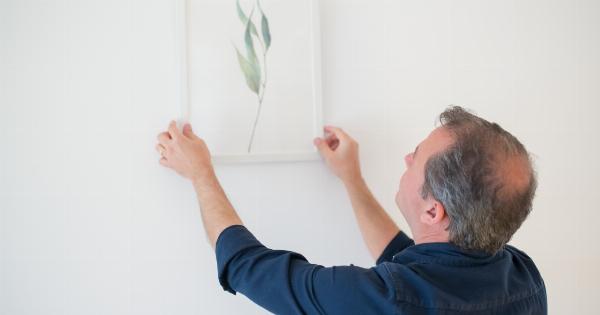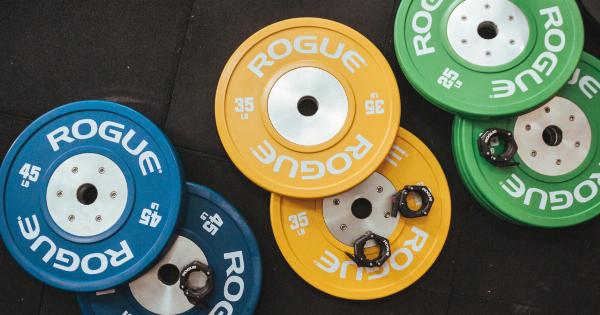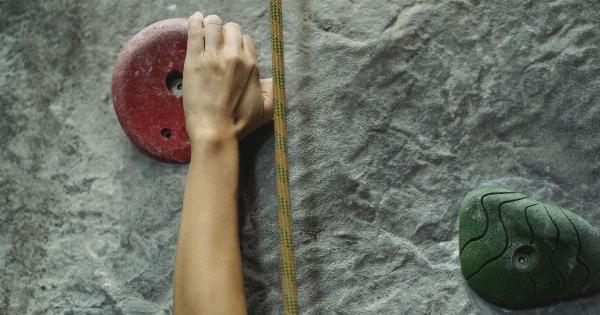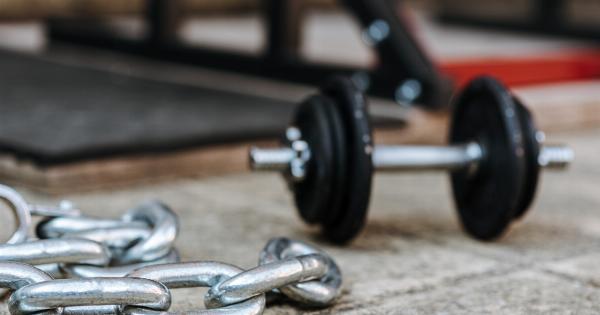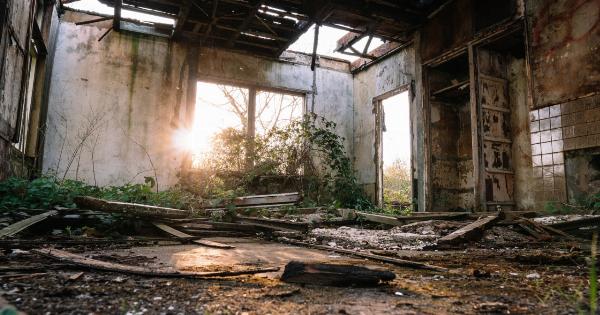The biliary bladder, also known as the gallbladder, is a small organ located beneath the liver. It plays a significant role in the digestive system by storing and releasing bile, a substance produced by the liver that aids in the digestion of fats.
However, like any other organ, the biliary bladder is prone to various conditions that can cause pain and discomfort.
In this article, we will explore the common culprits behind biliary bladder pain and discuss their causes and potential treatment options.
Gallstones
Gallstones are one of the primary causes of pain in the biliary bladder. These are hardened deposits that form in the gallbladder and can range in size from tiny sand-like particles to larger stones.
The presence of gallstones can lead to blockages, inflammation, and intense pain.
The formation of gallstones is often attributed to an imbalance in the chemicals present in bile. High levels of cholesterol or bilirubin can contribute to the development of gallstones.
Additionally, factors such as obesity, a sedentary lifestyle, and a diet high in fat and cholesterol can increase the risk of gallstone formation.
Treatment for gallstones may depend on their size and severity. In mild cases, dietary changes to reduce fat intake and promote weight loss may be recommended.
However, more significant cases may require medications to dissolve the stones or surgical intervention to remove the gallbladder entirely.
Gallbladder Inflammation
Gallbladder inflammation, or cholecystitis, occurs when the gallbladder becomes inflamed. This condition can be acute or chronic, with acute cases being characterized by sudden and intense pain, fever, and abdominal tenderness.
The most common cause of gallbladder inflammation is a blockage of the bile ducts by gallstones. When a gallstone obstructs the flow of bile, it can lead to bacterial growth and infection, causing inflammation and pain.
Treatment for gallbladder inflammation often involves addressing the underlying cause. In cases where gallstones are responsible, removal of the gallbladder may be necessary to prevent further episodes of inflammation.
Biliary Colic
Biliary colic refers to severe pain caused by the temporary blockage of the bile ducts. It typically occurs when a gallstone passes through the bile duct, causing a sudden and intense pain that may radiate to the back or shoulder.
Biliary colic is often associated with a feeling of fullness or bloating after a meal, as the presence of food triggers the release of bile, which can exacerbate the pain.
Treatment for biliary colic may involve pain management techniques such as medication to relieve pain and anti-inflammatory drugs to reduce inflammation.
In cases where the frequency or intensity of biliary colic episodes is significant, surgical intervention may be necessary to remove the gallbladder.
Biliary Dyskinesia
Biliary dyskinesia refers to a condition characterized by abnormal gallbladder contractions or a decreased ability of the gallbladder to empty properly. This dysfunction can result in pain and discomfort in the biliary bladder region.
The exact cause of biliary dyskinesia is often unknown. However, it may be associated with factors such as hormonal imbalances, nerve dysfunction, or gastrointestinal disorders.
Treatment for biliary dyskinesia may involve medication to aid gallbladder contractions and improve bile flow. In severe cases, surgical removal of the gallbladder may be necessary.
Bile Duct Obstruction
Bile duct obstruction occurs when the flow of bile from the liver to the small intestine is hindered. This obstruction can be caused by various factors, including gallstones, inflammation, tumors, or strictures.
When the bile ducts are obstructed, it can lead to a buildup of bile in the liver and subsequent biliary bladder pain. Other symptoms may include jaundice (yellowing of the skin and eyes), dark urine, and pale stools.
The treatment for bile duct obstruction depends on the cause. In cases where gallstones are responsible, removal of the gallbladder may be necessary.
However, other treatment approaches, such as stent placement or surgical intervention, may be required to address strictures or tumor-related obstructions.
Gallbladder Polyps
Gallbladder polyps are abnormal growths that form in the lining of the gallbladder. While most polyps are harmless, some may become cancerous over time. These polyps can cause pain and discomfort in the biliary bladder region.
The exact cause of gallbladder polyps is unknown. They are often discovered incidentally during medical imaging tests performed for unrelated conditions.
Depending on their size and characteristics, gallbladder polyps may require regular monitoring or surgical removal. If a polyp is suspected to be cancerous, a biopsy may be performed to confirm the diagnosis.
Gallbladder Empyema
Gallbladder empyema is a severe form of gallbladder inflammation characterized by the accumulation of pus within the gallbladder.
The most common cause of gallbladder empyema is an untreated or delayed treatment of gallstones or cholecystitis. The presence of infection can lead to the formation of pus and severe pain.
Treatment for gallbladder empyema often involves surgical intervention to remove the gallbladder and administer antibiotics to clear the infection.
Gallbladder Cancer
Gallbladder cancer is a rare but potentially life-threatening condition that can cause pain and discomfort in the biliary bladder.
The exact cause of gallbladder cancer is unknown, but certain risk factors, such as gallstones, chronic inflammation, and genetic predisposition, may increase the likelihood of its development.
Treatment for gallbladder cancer typically involves surgical removal of the gallbladder, followed by additional treatments such as chemotherapy or radiation therapy to target any remaining cancer cells.
Conclusion
Pain in the biliary bladder can be attributed to several factors, including gallstones, inflammation, dyskinesia, obstructions, polyps, empyema, or cancer.
Identifying the underlying cause is essential for determining the most appropriate treatment approach.
Whether it requires lifestyle modifications, medications, or surgical interventions, addressing the root cause of biliary bladder pain can help alleviate symptoms and improve overall well-being.






